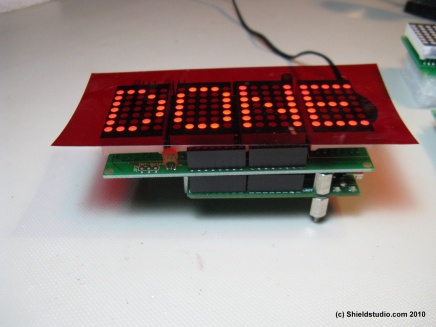Authorship & Interaction
Things we know about sensory processing: ␣ Sensory processing refers to the way in which our bodies notice, respond to and
use sensory information. Sensory integration is the part of this in which sensory input from our bodies and the environment is put together and sorted out, and then used so that we can make an adaptive or appropriate response in any situation.
Types of sensory input:
- Visual
- Auditory
- Tactile (light touch and deep pressure touch, though these are processed
differently from one another)
The characteristics of sensory input that help determine whether we notice and/or respond to it include:
- Frequency (how often does it occur?)
- Durations (how long does it last?)
- Intensity
- Rhythm (associated with predictability...) o Complexity (are several types being presented at once? If so, what are the qualities of those different inputs?)
Outcomes of sensory processing are sensory modulation (ability of the nervous system to regulate levels of arousal or “alertness” in any given situation)
All of us have preferences in terms of the types and intensity of sensory input that we like, so to some extent any individual may, from time to time, demonstrate behaviors that reflect difficulty processing sensory information.
It is only when this difficulty processing sensory information consistently interferes with participation and/or socialization in daily life activities that there is a need for true intervention.

